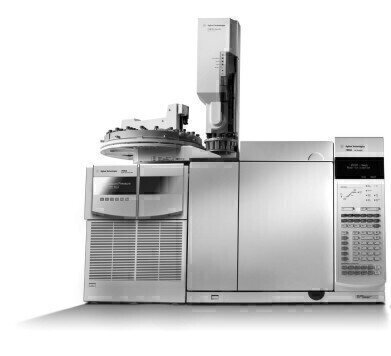Environmental laboratory
Agilent Technologies Replaces Signal-to-Noise Spec with Instrument Detection Limit for Triple Quadrupole GC/MS
Jan 26 2012
Agilent Technologies (USA) announces that it is replacing the signal-to-noise specification with a new instrument detection limit specification for its 7000B triple quadrupole gas chromatography/mass spectrometry system.
“Twenty or even 10 years ago, signal-to-noise was a reasonable indicator of GC/MS performance,” said Terry Sheehan, Ph.D., Agilent GC/MS marketing manager, “ but GC/MS/MS baseline noise for simple standards is often too low and too inconsistent to be meaningful. Selection of different baseline segments can change the signal-to-noise ratio by five or even tenfold. Our new specification, the instrument detection limit, is based on the system’s precision, and precision directly correlates with ion count – the real measure of MS sensitivity.”
Agilent considers IDL a better measure of GC/MS/MS performance because it follows the guidelines of the International Union of Pure and Applied Chemistry, the United States Environmental Protection Agency and many other organisations.
IDL calculates typical performance from a series of automated injections for an accurate view of system performance. The well-established Student’s t-test is applied to eight consecutive injections of 100 fg OFN using a 99 percent confidence interval. Additionally, the IDL specification confirms the performance of every component in the GC/MS/MS system, from the autosampler through the detector.
Digital Edition
AET 28.4 Oct/Nov 2024
November 2024
Gas Detection - Go from lagging to leading: why investment in gas detection makes sense Air Monitoring - Swirl and vortex meters will aid green hydrogen production - Beyond the Stack: Emi...
View all digital editions
Events
Jan 12 2025 Abu Dhabi, UAE
Jan 14 2025 Abu Dhabi, UAE
Jan 20 2025 San Diego, CA, USA
Carrefour des Gestions Locales de L'eau
Jan 22 2025 Rennes, France
Safety, Health & Wellbeing LIVE
Jan 22 2025 Manchester, UK



















